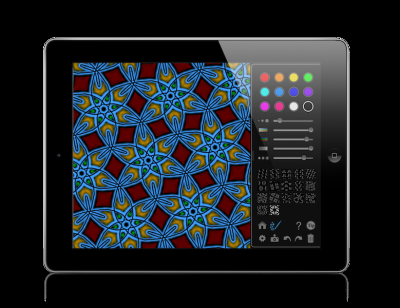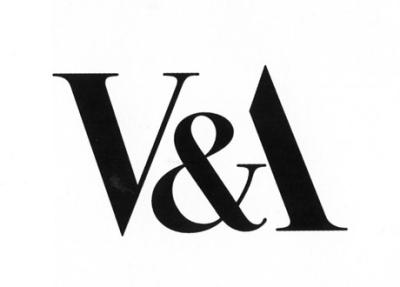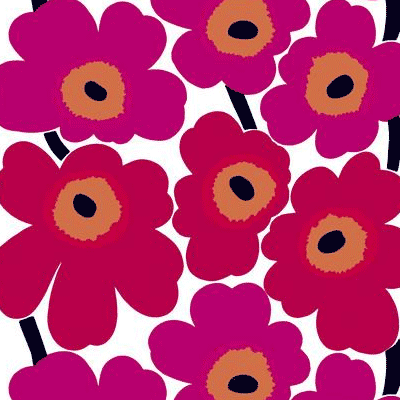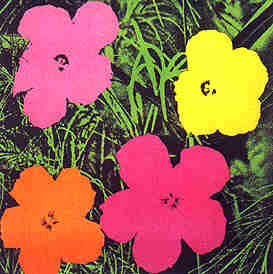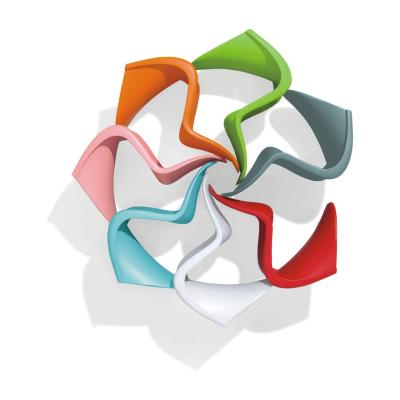International symposium organized by the CHAR (HICSA, University
Paris 1 Panthéon - Sorbonne), the Centre François-Georges Pariset
(Université Michel de Montaigne - Bordeaux 3) and the GEMCA (Catholic
University of Louvain)
In its ability to create systems, modern decor emerges as a phenomenon
of artistic practice that deserves further analysis. Between the
fifteenth and eighteenth centuries, decoration reached a particularly
high degree of elaboration and complexity through the multiplication
of presentation devices in the visual discourse, while simultaneously
integrating the spatial constraints imposed by supports. This
symposium seeks to explore the originality of this phenomenon through
the question of the frame. Often neglected and marginalized in studies
pertaining to decoration, the frame constitutes one of its essential
dimensions, which conditions not only modes of perception but also
provides paths towards understanding the mechanisms of decorative
systems. Indeed, if decorative systems are the place par excellence of
experimentation with the boundaries between real and representational
spaces, subtle and varied framing games are the active agents, and
shall be explored during this event.
Quadri riportati, architectural elements, anthropomorphic and hybrid
figures, feigned materials (tapestries, parchment, leather, etc.),
medallions, cartouches, and festoons are some examples of framing
devices which, far from being accessory or gratuitous, carry a
multitude of illusionistic, syntactic, and semantic implications,
all-the-while participating in the visual splendor and the
mise-en-scène of the representation. Through the definition and
articulation of these particular spaces and discursive registers,
framing devices create interpretative solutions, conditioning and
guiding the perception and comprehension of visual discourse. Even
when the frame appears as a disjunctive element, which separates and
differentiates, it can still allow for conjunctions and transitions
through space, or, through an excess of reflexivity and a tendency for
autonomy, blur and provoke a crisis in the hierarchy between the
visual regions. By taking into consideration this perpetual shifting
of frontiers, these games and perspectival challenges, the goal of
this symposium is to question the framing devices of decorative
systems in the modern era. In other words the objective is to
understand how the frame participates in the transformation of decor
into a system that produces meaning across a variety of supports and
mediums.
Among the many issues raised by this topic, some possible themes
include:
- What are the specific mechanisms in decorative practice used for
defining and creating spaces, images, and graphic or symbolic
representations? Could this use of the frame contribute to the
definition of certain tendencies or aesthetic currents?
- In terms of reception, what are the devices used to create frontiers
or passages between the decor and the viewer? In what ways does decor
create effects of presence and distance, thus contributing to the
viewer’s experience?
- How does the ornament of the frame respond to the principle of
decorum? To what extent does this constitute a transgression? How does
the relationship between ergon and parergon apply in this context? How
do the boundaries and transitions between these different areas
challenge the traditional hierarchies of representation and create
spaces of freedom and autonomy?
- How can the transition between different mediums and contexts
provoke, for similar devices, varied readings corresponding to
particular challenges? How does the use of different materials, real
or feigned, participate in the framing process, from an aesthetic as
well as a symbolic point of view?
Developing on studies which, since the 1960s, have been problematizing
the issues of the frame in the visual arts, and adhering to the
current revival of interest in question of the ornamental, this
symposium aims to shed light on this essential issue in the art of
the modern era, which is the decor.
Abstracts of no more than 300 words (in French or English) should be
sent before October 15, 2013 by email to the address:
cadre.decor.2014@gmail.com
Organizing Committee:
Nicolas Cordon, Edouard Degans, Elli Doulkaridou, Caroline Heering
Scientific Committee:
Pascal Bertrand, Nicolas Cordon, Edouard Degans, Ralph Dekoninck,
Elli Doulkaridou, Caroline Heering, Philippe Morel, Victor Stoichita
Download the call for papers in PDF format:
http://f.hypotheses.org/wp-content/blogs.dir/855/files/2013/07/Appel-cardre_decor_ANG.pdf